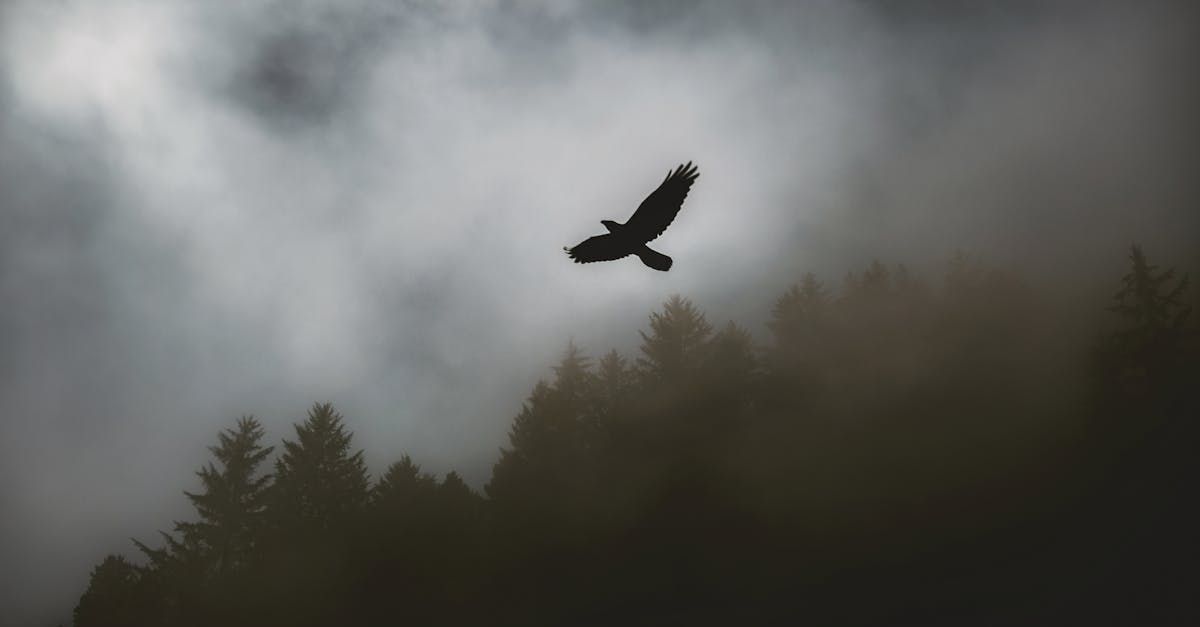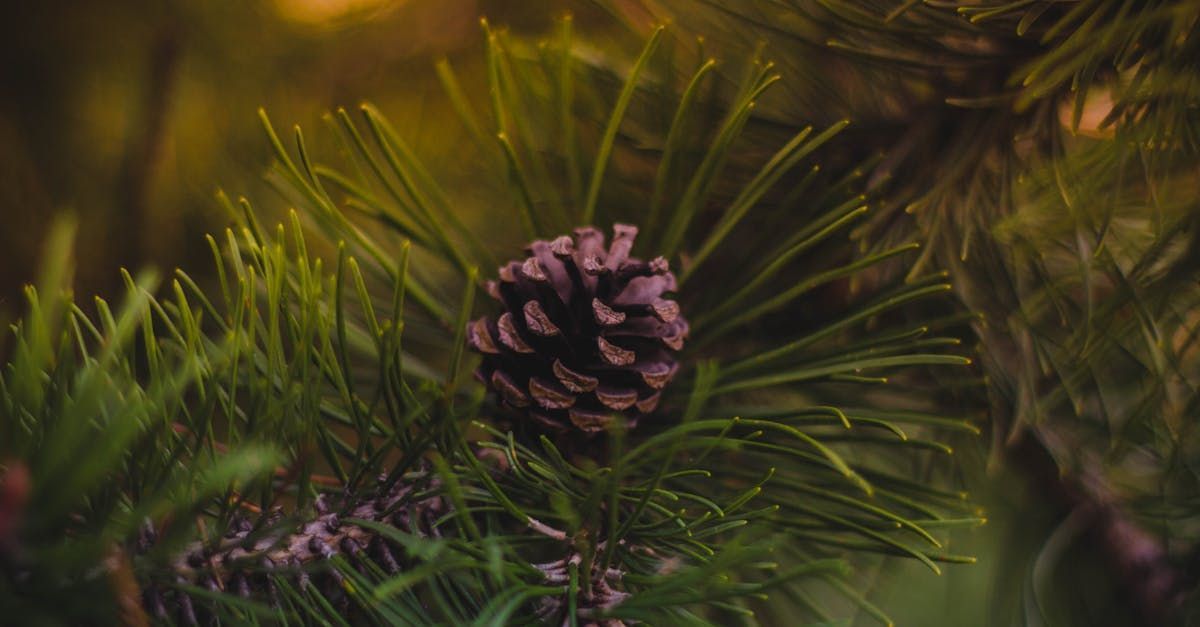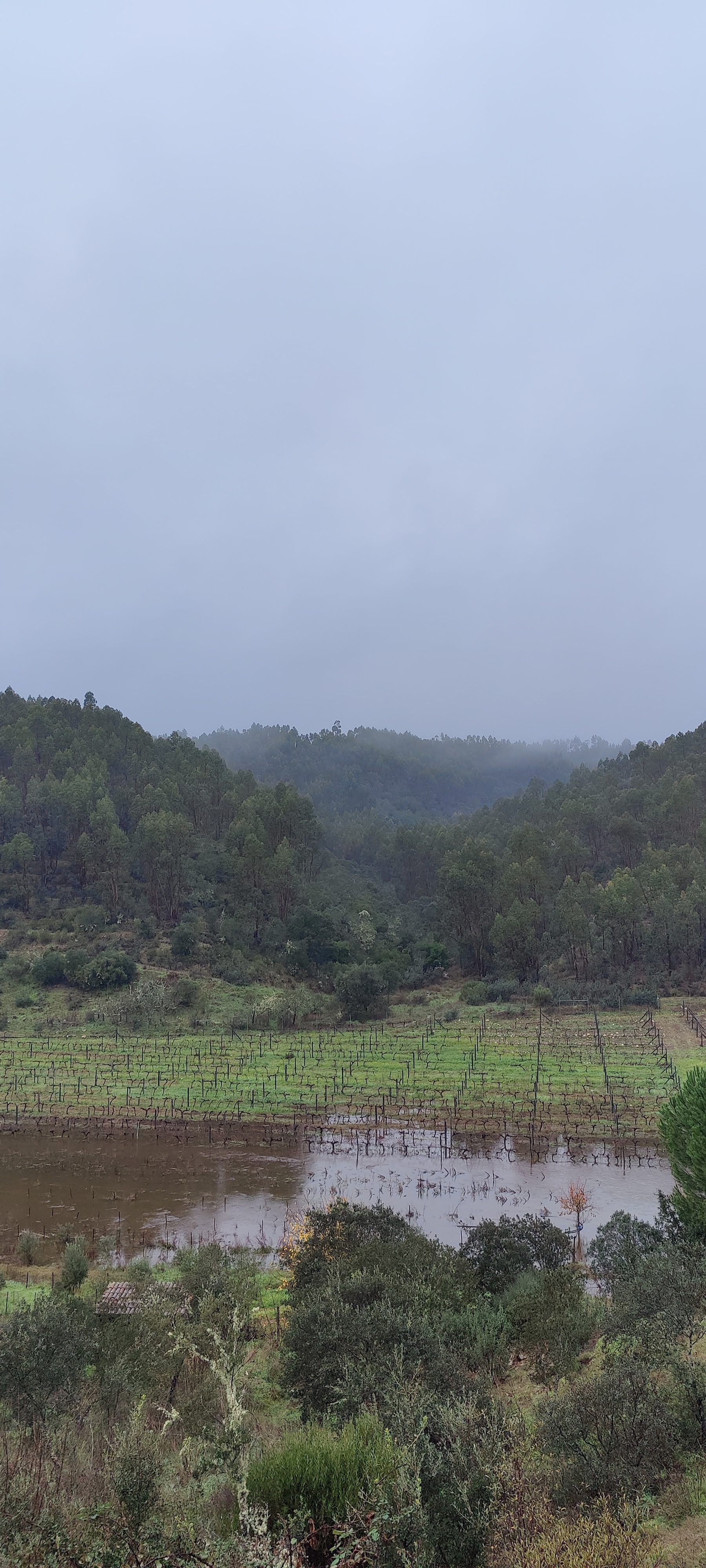Vale da Esteva
Ecological Sanctuary
Respect for Our Earth, Humanity, and Wildlife
Did you know ...
That we are located near the River Ponsul, next to the Beira Baixa ravine?
The location of Vale da Esteva means that each season has its own distinct features. This is another reason to visit more than once a year and to experience very different things.
In summer, opt for lightweight, light-coloured clothing (cotton or linen), a wide-brimmed hat, and insect repellent to keep insects at bay.
In early spring, winter, and autumn, clothing and footwear for cold and wet weather should be worn. It can be cold at night.
90
Hectares of
Forest
5
Hiking
Routes
2
Vegetable
Gardens
1
Vineyard
The Climate
Temperatures in Vale da Esteva
In Castelo Branco, summer is short, hot, and dry. Winter is cool and rainy.
Temperatures vary throughout the year, generally between 2°C and 32°C, rarely dropping below -3°C or exceeding 37°C.
Vale da Esteva Valley is located in the heart of the Tagus International
Natural Park
The Tagus International Natural Park is an ecological jewel, where the harmonious interaction between geology and biology creates a vibrant haven of biodiversity.
The park's diverse landscape, combined with its rich wildlife and flora, makes it a place of great environmental and scientific importance, essential for the conservation of nature and ecological research.
Vale da Esteva is a No Hunting Zone
Vale da Esteva became a no hunting zone at the beginning of 2023.
By ensuring that the environment is protected, Vale da Esteva is strengthening its commitment to becoming an ecological and wildlife sanctuary.
History of Rural Life in the Region
Vale da Esteva is home to a fascinating collection of ruins that tell the story of a once prosperous rural life.
These ruins include a threshing floor, chicken coops, a pigsty, an almost intact oven, and a house, all built from schist, reflecting the use of local and traditional materials in the architecture.
The ruins provide evidence of rural life and the region's traditional agricultural practices and represent an important historical and cultural legacy.
The use of schist in construction reflects an adaptation to the environment and the efficient use of local resources.
We have preserved the ruins in Vale da Esteva because they bear witness to the history of a community that lived in harmony with nature.
Did you know ...
That the First French Invasion
passed by here?
The French invasions had a profound impact on the Castelo Branco area. During the First French Invasion in 1807, led by General Junot, French troops passed through Castelo Branco as they advanced towards Lisbon. The region suffered the violence and pillaging typical of military campaigns at the time, which caused great hardship for the local population.
Despite the brutality of the invasions, the resistance in Castelo Branco and other parts of Portugal contributed to the failure of the French campaigns and the eventual withdrawal of Napoleonic troops. The city and the surrounding region witnessed the courage and resilience of its inhabitants, leaving a historical legacy that is still remembered with pride today.
Headquarters:
Urb. Quinta Dr. Augusto Beirão, 26C6000-140 Castelo Branco PORTUGAL
351 926 378 155 (national mobile network call)
hello@valedaesteva.pt
by Harmonious Jungle 2025
Photography and Video by Pedro Branco
Subscribe to the Vale da Esteva Magazine








